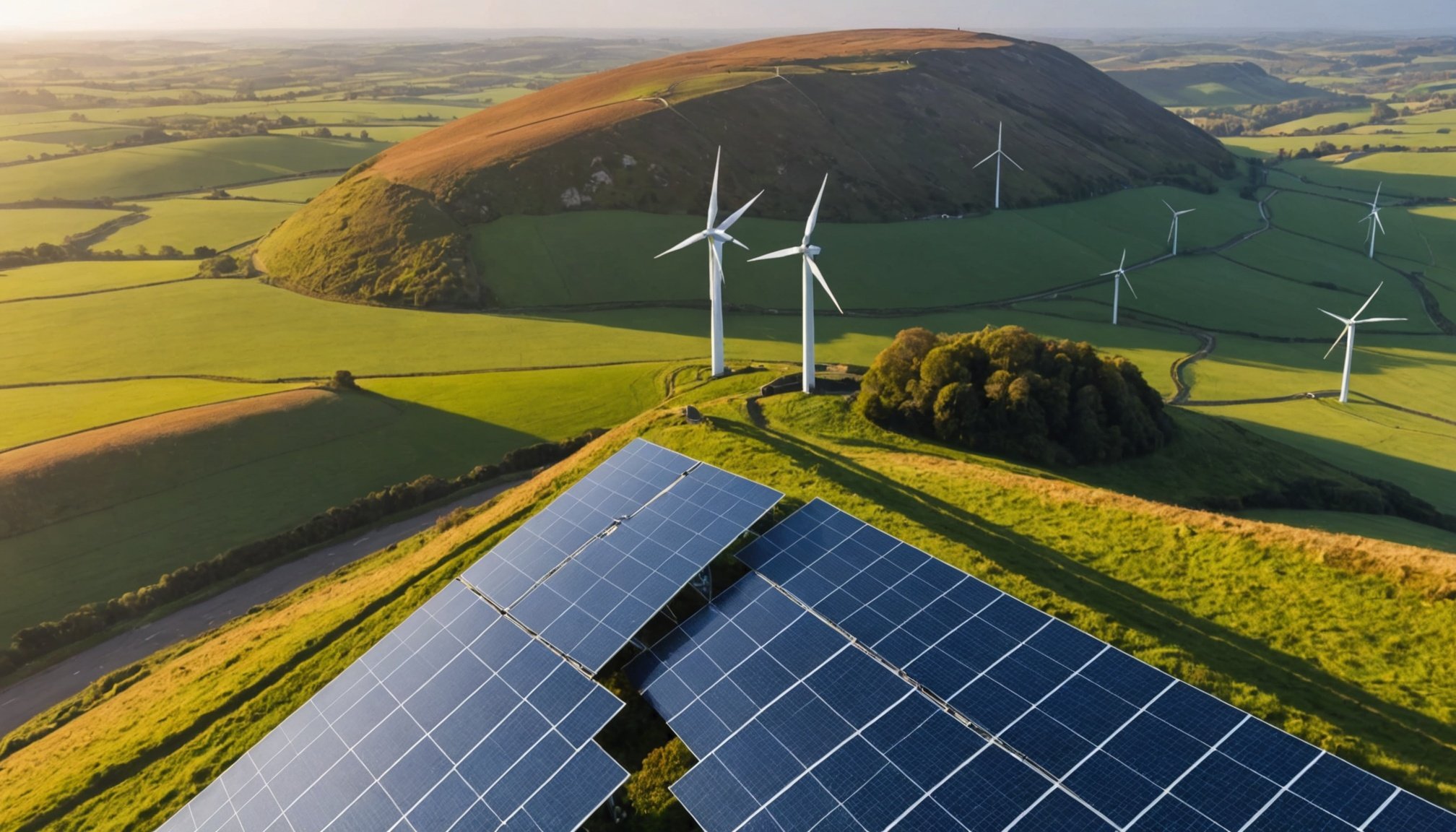Key Recent UK Renewable Energy Projects
The UK has witnessed significant progress in renewable energy projects recently, with particular emphasis on offshore wind farms and solar energy initiatives. Offshore wind remains a cornerstone of the UK’s renewable energy strategy, with multiple large-scale projects achieving notable milestones. For instance, new offshore wind farms have come online that substantially boost the nation’s clean energy capacity, reinforcing the UK’s position as a global leader in this sector.
These UK renewable energy projects are often strategically located along the east coast and in the North Sea, leveraging optimal wind conditions. Leading companies in this space, such as Ørsted and SSE Renewables, have been pivotal in driving project development and innovation. Their efforts have resulted in improved operational efficiencies and record-breaking capacity figures, pushing the boundaries of what offshore wind can deliver.
In the same genre : What is the UK doing to enhance cybersecurity measures?
Alongside wind power, solar energy initiatives are expanding across the UK, supported by favourable policies and technological advancements. New solar farms and rooftop installations have increased generation capacity, particularly in southern regions where sunlight availability is higher. The growth of solar projects provides crucial diversification within the UK’s renewable energy mix.
In summary, the current landscape of UK renewable energy projects reflects a dynamic expansion of offshore wind and solar sectors. These developments not only contribute to meeting climate targets but also foster energy security and economic growth through job creation and investment.
In parallel : Explore the exciting world of briliantz gel blasters today!
Government Policies and Legislative Updates
The UK government has set ambitious net zero commitments, aiming for a significant reduction in carbon emissions by 2050. These UK renewable energy policies now prioritize expanding capacity in offshore wind farms and enhancing support for solar energy initiatives, reflecting their growing role in the energy mix.
Recent energy legislation includes updated targets that mandate increasing the share of renewables in the UK’s electricity generation. For example, new mandates accelerate the deployment of offshore wind farms, aiming to quadruple capacity by 2030. Parallel policies encourage innovation and uptake in solar technologies through subsidies and streamlined planning processes.
Key policy changes also address grid integration challenges, supporting investments in infrastructure to handle variable renewable energy sources. Legislative updates provide clearer frameworks for private-sector participation, boosting confidence in long-term renewable projects. These developments ensure the UK’s energy transition remains stable and forward-looking, aligning with its climate goals while fostering economic growth.
Investment and Funding in Renewable Energy
Recent data shows a significant surge in renewable energy investment UK, driven by both public and private sources eager to capitalize on the sector’s growth. Government funding plays a crucial role, offering grants and incentives designed to stimulate innovation and lower risk for developers. These supports include subsidies for offshore wind expansions and financial backing for emerging solar energy initiatives.
Private sector funding complements this, with numerous high-profile investment announcements marking increased confidence in the UK’s renewable landscape. Institutional investors and green bonds have become common mechanisms, channeling capital into large projects, particularly in offshore wind farms, which continue to attract the bulk of investment due to their scale and proven returns.
This combined influx of government and private funds not only accelerates project delivery but also enhances technological advancements through funded research and development. The synergy between renewable energy investment UK and strategic government funding ensures sustained momentum towards the country’s energy and climate objectives.
Technology Advancements and Deployment
Recent renewable energy technology UK developments highlight remarkable progress in innovation and practical application. One key advancement is the rise of floating offshore wind farms, which extend the reach of wind energy into deeper waters where traditional fixed foundations are not feasible. This technology enables access to stronger and more consistent winds, potentially increasing energy yield and reducing costs over time.
In parallel, significant strides have been made in energy storage solutions, crucial for addressing the intermittency of renewables like wind and solar. The deployment of large-scale battery systems enhances grid stability by storing excess energy during peak production and releasing it when demand rises. This ensures a more reliable supply while maximizing the efficient use of renewable sources.
Another transformative area is the growing investment in green hydrogen production. Using renewable energy to power electrolysis, green hydrogen offers a versatile, low-carbon fuel alternative for sectors difficult to electrify, such as heavy industry and transport. Recent pilot projects in the UK are advancing the scalability and economic viability of this technology, which could greatly complement existing renewable infrastructure.
Together, these technologies strengthen the UK’s clean energy transition by improving generation capacity, grid integration, and decarbonization options. Their deployment not only addresses immediate challenges but also positions the UK at the forefront of next-generation renewable energy solutions.
UK’s Global Position and Industry Impact
The UK has solidified its status in UK renewable energy leadership, standing out on the global stage. Recent expansions in offshore wind farms place the UK among the top countries worldwide, contributing a substantial share to Europe’s renewable capacity. This leadership is evident through the sheer scale of installed offshore wind capacity and ambitious project pipelines, which surpass most competitors.
How does the UK compare internationally in renewable energy? The UK ranks near the top for offshore wind deployment, with installations that benefit from cutting-edge technology and favorable maritime conditions. This focus on offshore wind, combined with growing solar energy initiatives, positions the country as a versatile player in renewables. Other nations follow similar paths, but the UK’s integrated approach, combining policy support and investment, offers a competitive edge.
Export opportunities have surged alongside domestic growth. UK companies excel in delivering services and technology tied to offshore wind turbines and grid integration. This has fostered an export market for renewable expertise and equipment, bolstering the UK’s renewable energy industry footprint globally. As international demand rises for clean energy solutions, the UK’s blend of innovation, scale, and experience creates strong prospects for maintaining and expanding its influence.






